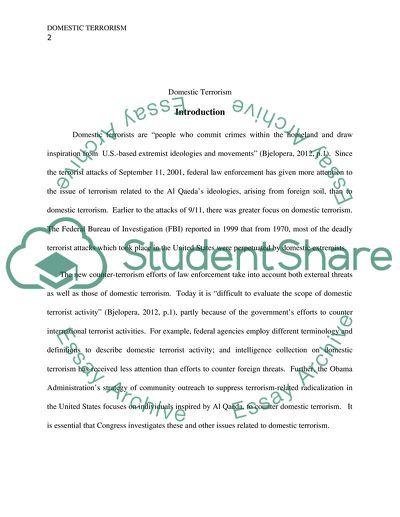Cite this document
(Domestic Terrorist Threat Research Paper Example | Topics and Well Written Essays - 2500 words, n.d.)
Domestic Terrorist Threat Research Paper Example | Topics and Well Written Essays - 2500 words. Retrieved from https://studentshare.org/social-science/1789114-domestic-terrorism
Domestic Terrorist Threat Research Paper Example | Topics and Well Written Essays - 2500 words. Retrieved from https://studentshare.org/social-science/1789114-domestic-terrorism
(Domestic Terrorist Threat Research Paper Example | Topics and Well Written Essays - 2500 Words)
Domestic Terrorist Threat Research Paper Example | Topics and Well Written Essays - 2500 Words. https://studentshare.org/social-science/1789114-domestic-terrorism.
Domestic Terrorist Threat Research Paper Example | Topics and Well Written Essays - 2500 Words. https://studentshare.org/social-science/1789114-domestic-terrorism.
“Domestic Terrorist Threat Research Paper Example | Topics and Well Written Essays - 2500 Words”, n.d. https://studentshare.org/social-science/1789114-domestic-terrorism.


